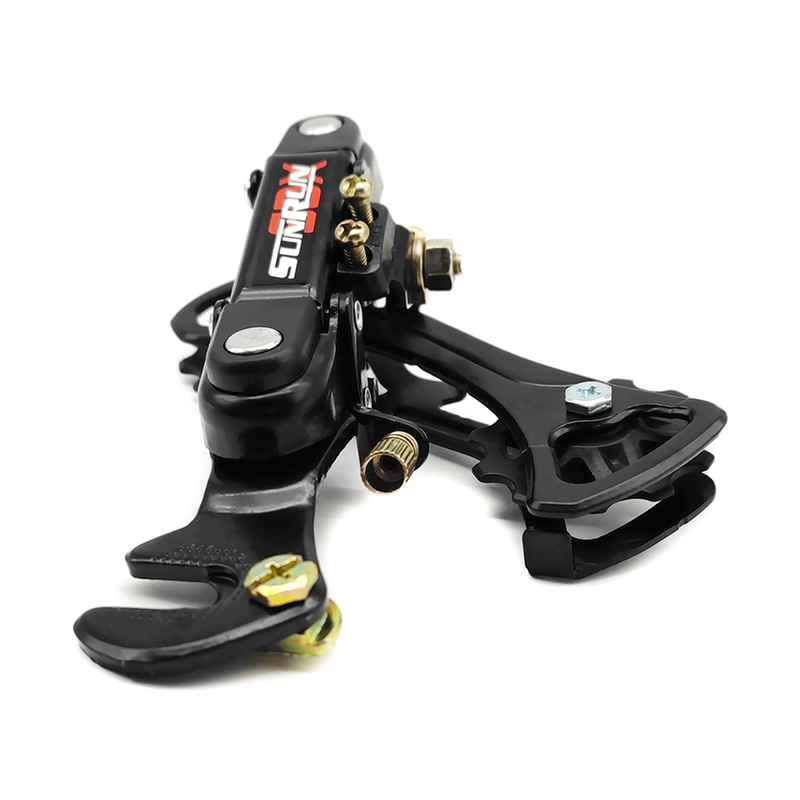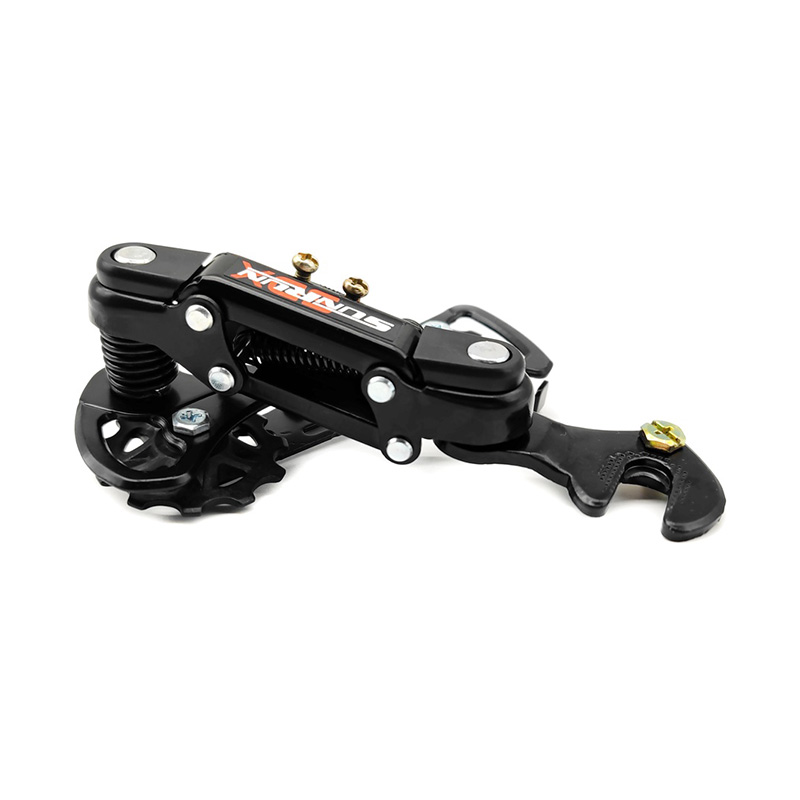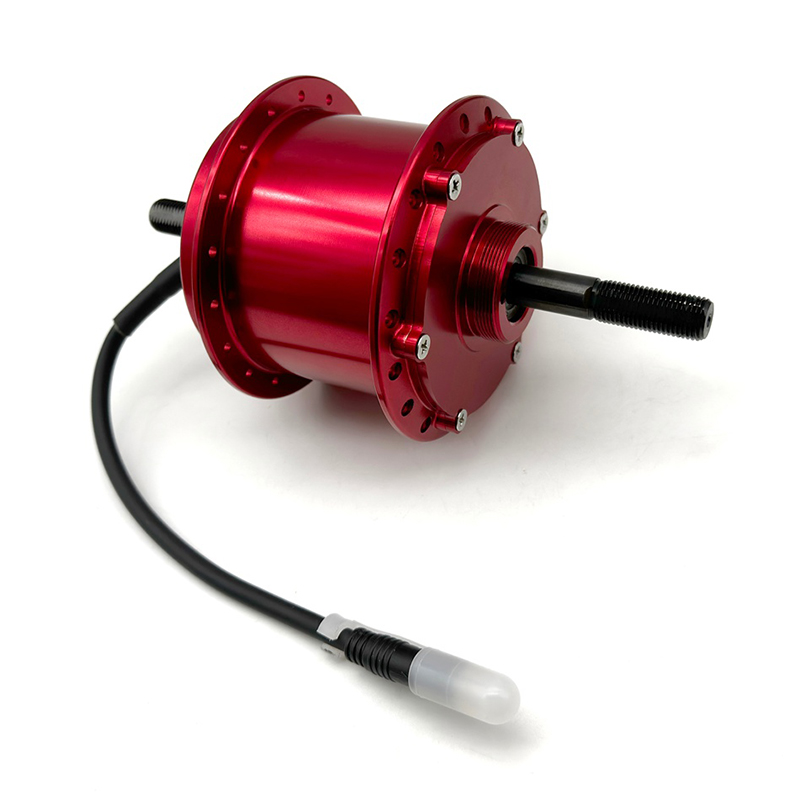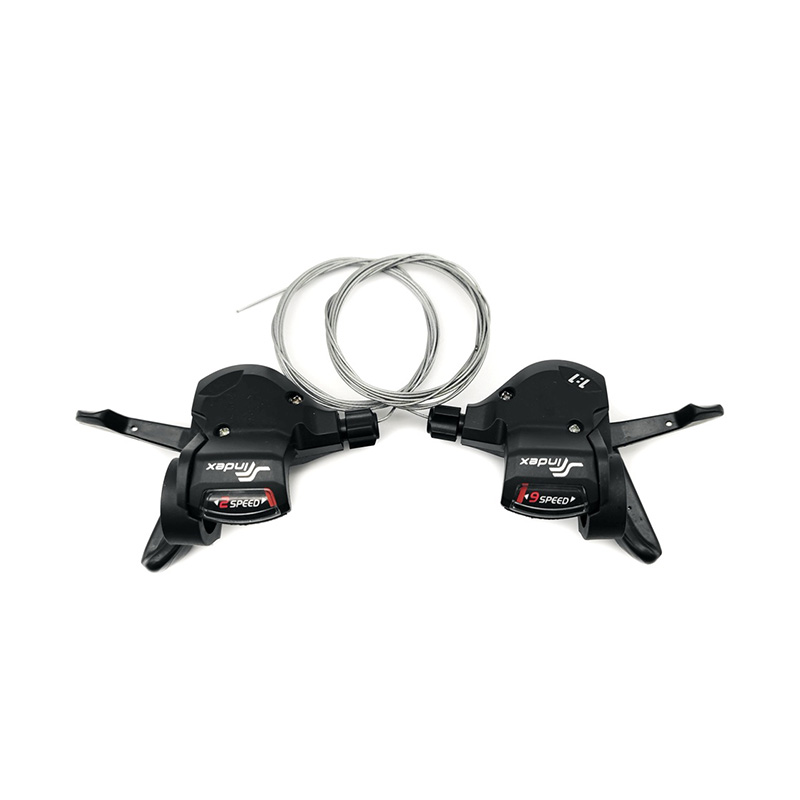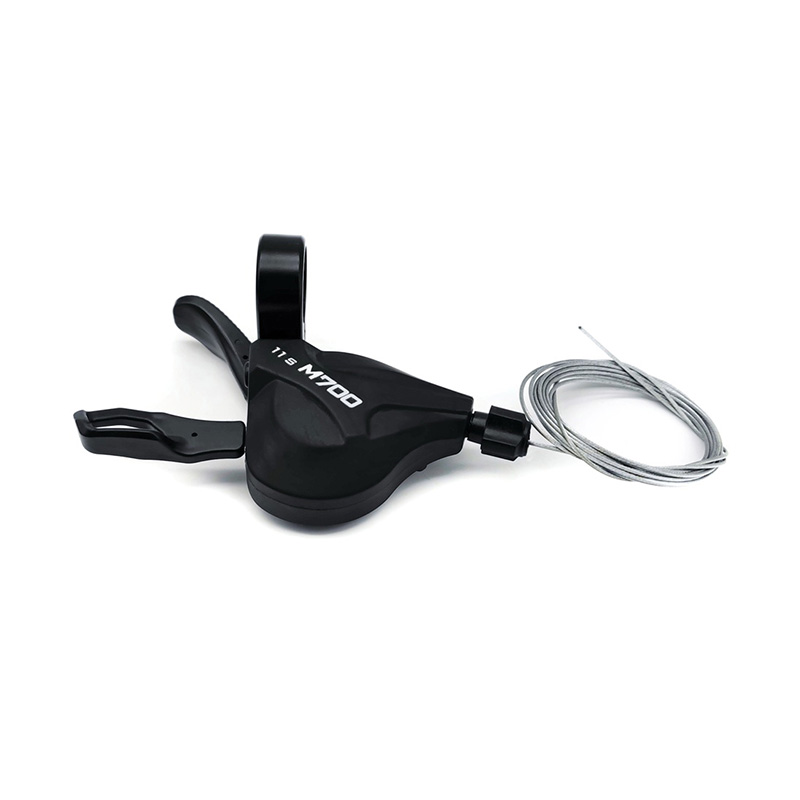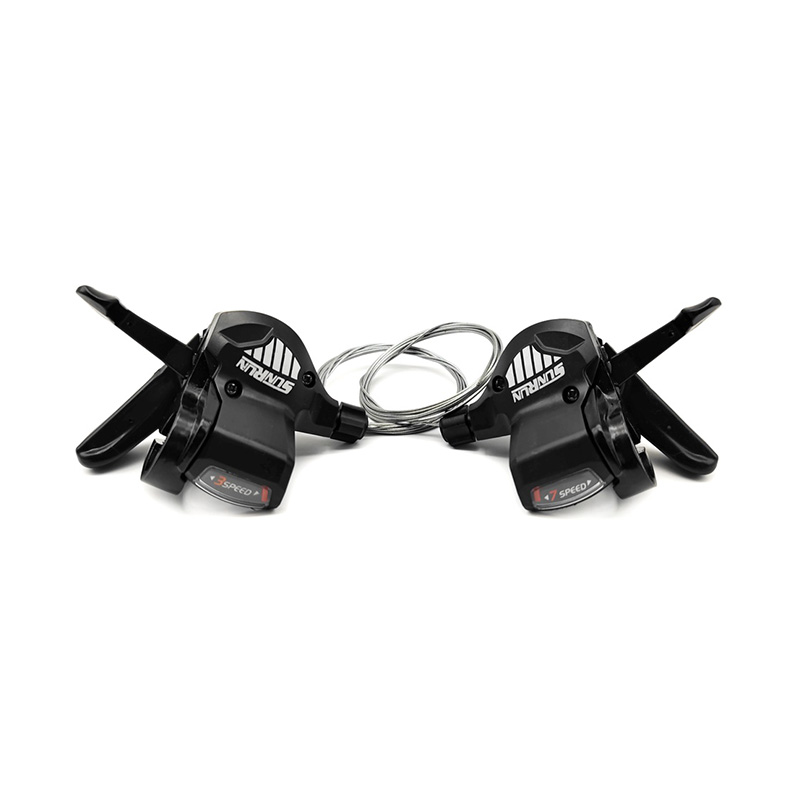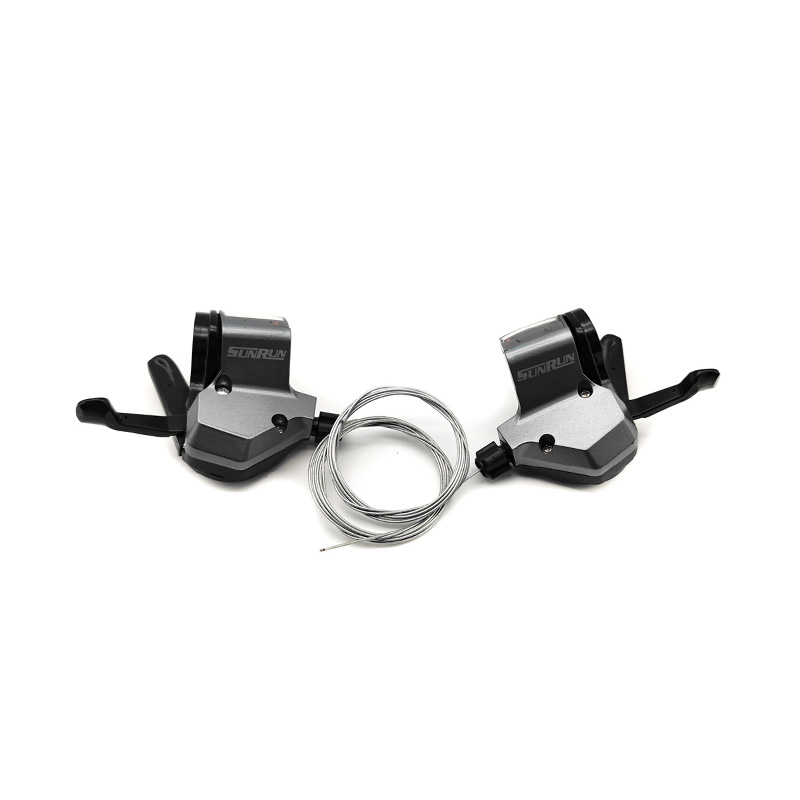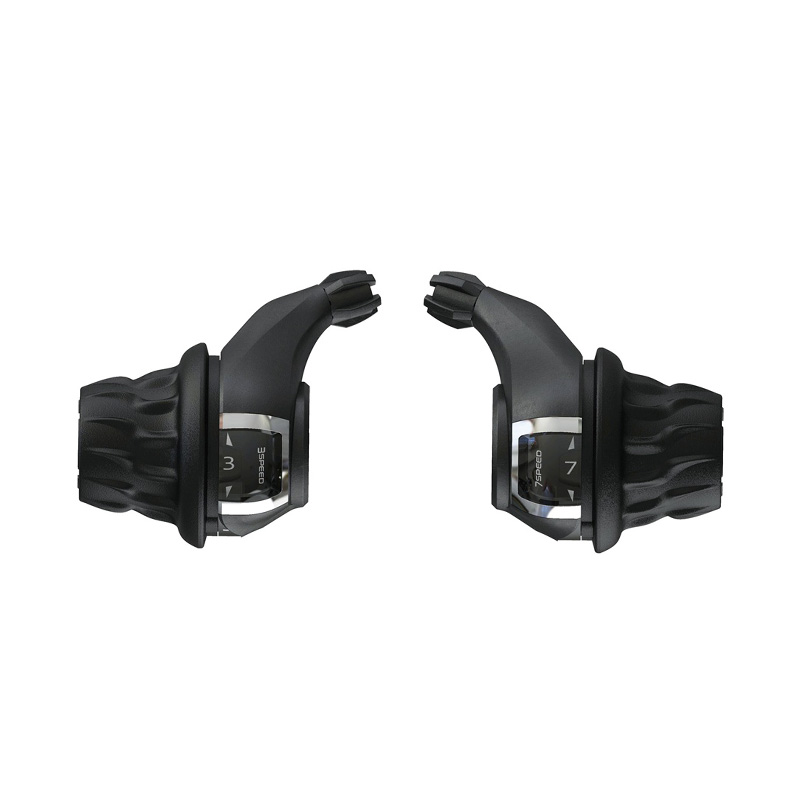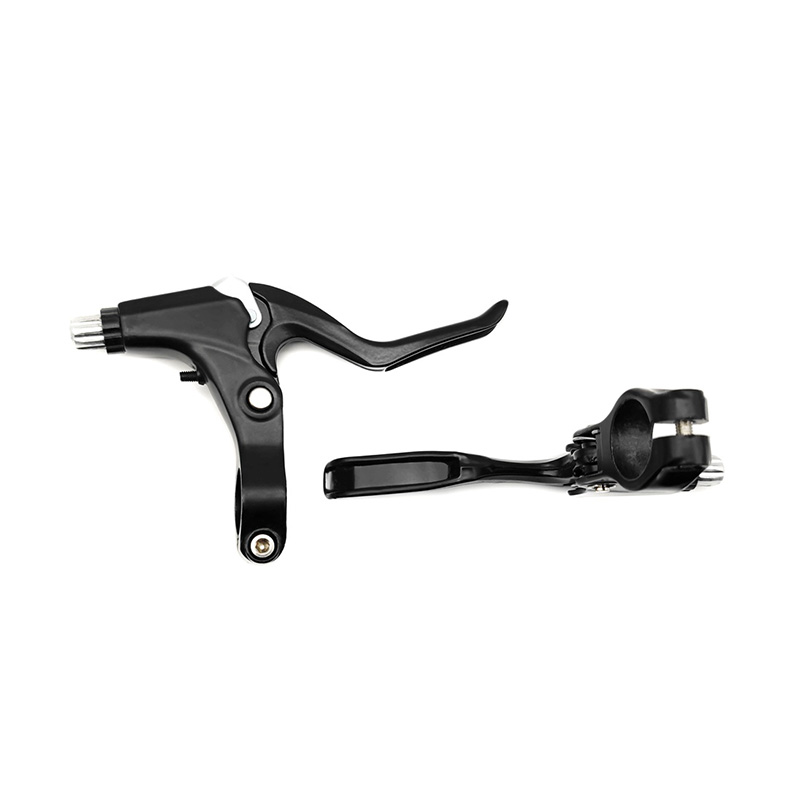-
 Everything You Need to Know About MTB Bicycle Cassette Sprocket
Everything You Need to Know About MTB Bicycle Cassette SprocketWhat is a mountain bike cassette sprocket?A mountain bike cassette sprocket is one of the core components of a mountain bike's speed change system. It is usually installed on the r...
-
 How to properly maintain bicycle hubs with sealed bearings to extend their service life?
How to properly maintain bicycle hubs with sealed bearings to extend their service life?Proper maintenance of bicycle hubs with sealed bearings is the key to ensuring their long-term stable operation. Although the design of sealed bearings can effectively prevent the ...
-
 Bicycle rear derailleur: a key component of riding experience
Bicycle rear derailleur: a key component of riding experienceIn modern bicycle design, the rear derailleur is an indispensable part of the transmission system. It not only bears the heavy responsibility of transferring the chain from the fro...

- Describe
- Parameter

Ningbo Dongjin Technology Co., Ltd is China OEM 6S/7S Bicycle Rear Derailleur Supplier and ODM 6S/7S Bicycle Rear Derailleur company was founded in 1991, specializing in the production of bicycle transmission systems, braking systems and other components. The leading products include a series of derailleurs, variable speed flywheels, high-end cassette hubs, disc brakes, brake components, cranksets and more than 300 varieties in six categories.
In 2015, in response to Made in China 2025, the company established Ningbo Dongjin Technology Co., Ltd. to develop a new internal and external variable speed transmission system, entering the first echelon of the domestic industry. "Chicheng wheel industry, quality first" is the pursuit of quality by Richeng people. The company has introduced internationally advanced key technologies such as precision cold forging, CNC machining, heat treatment, and multi-station stamping to develop transmissions with Richeng characteristics. , transmission kit, sales volume leads domestic peers. The registered brands SUNRUN, TONGKEEN and HEMU enjoy high reputation in domestic and foreign markets. The company has independent export rights, and its products are exported to Europe, North America, Central and South America, Africa, Southeast Asia and other countries and regions. Xu Mingqiang, chairman of the company, sincerely invites domestic and foreign merchants to come for negotiation and guidance.
Industry Knowledge Extension
Bicycle Rear Derailleur adjustment is critical to ensuring smooth shifting. Here are some key tuning tips:
Check and adjust the limit screws:
Rear derailleurs usually have two limit screws: one is a high limit screw to prevent the chain from falling off on the largest cog; the other is a low limit screw to prevent the chain from falling off on the smallest cog.
Use a screwdriver to gently adjust these screws to ensure that the chain moves smoothly to the adjacent cog when shifting, without being too tight or too loose.
Adjust the tension of the transmission cable:
The shift cable connects the thumb shifter and the rear derailleur. By adjusting the tension of the shift cable, the movement range and sensitivity of the rear derailleur can be affected.
If the chain doesn't click into place accurately when shifting, you may need to adjust the tension of the shift cable. This is usually accomplished by adjusting the micro-adjustment screw on the thumb shifter or rear derailleur.
Keep your rear derailleur clean and lubricated:
Dirt and rust on the rear derailleur and chain can cause sluggish shifting. Regular cleaning of these parts and the use of appropriate lubricants will keep them in good working order.
Check the chain and sprocket for wear:
If the chain or cassette is severely worn, it may cause difficulty shifting or skipped gears. Regularly checking the wear of these parts and promptly replacing seriously worn parts can ensure smooth shifting.
Pay attention to the timing of shifting:
In addition to physical adjustments, the rider's shifting timing and technique also have a great impact on the smoothness of shifting. Generally speaking, shifting is more likely to be successful when the pedaling force is lighter.
Adjust and test step by step:
When making any adjustments, it is recommended to proceed gradually and test the shifting effect several times. Adjust a small amount at a time and test to see if the shifting becomes smoother. This avoids problems caused by over-adjustment.
Refer to your bike or rear derailleur manual:
Different makes and models of rear derailleurs may have different adjustment methods and features. Consult your bike's owner's manual or rear derailleur manual for more specific adjustment steps and precautions.
By following these tuning tips, combined with your personal riding habits and bike configuration, you can ensure your Bicycle Rear Derailleur shifts smoothly for a more comfortable and efficient ride.

 中文简体
中文简体 English
English
